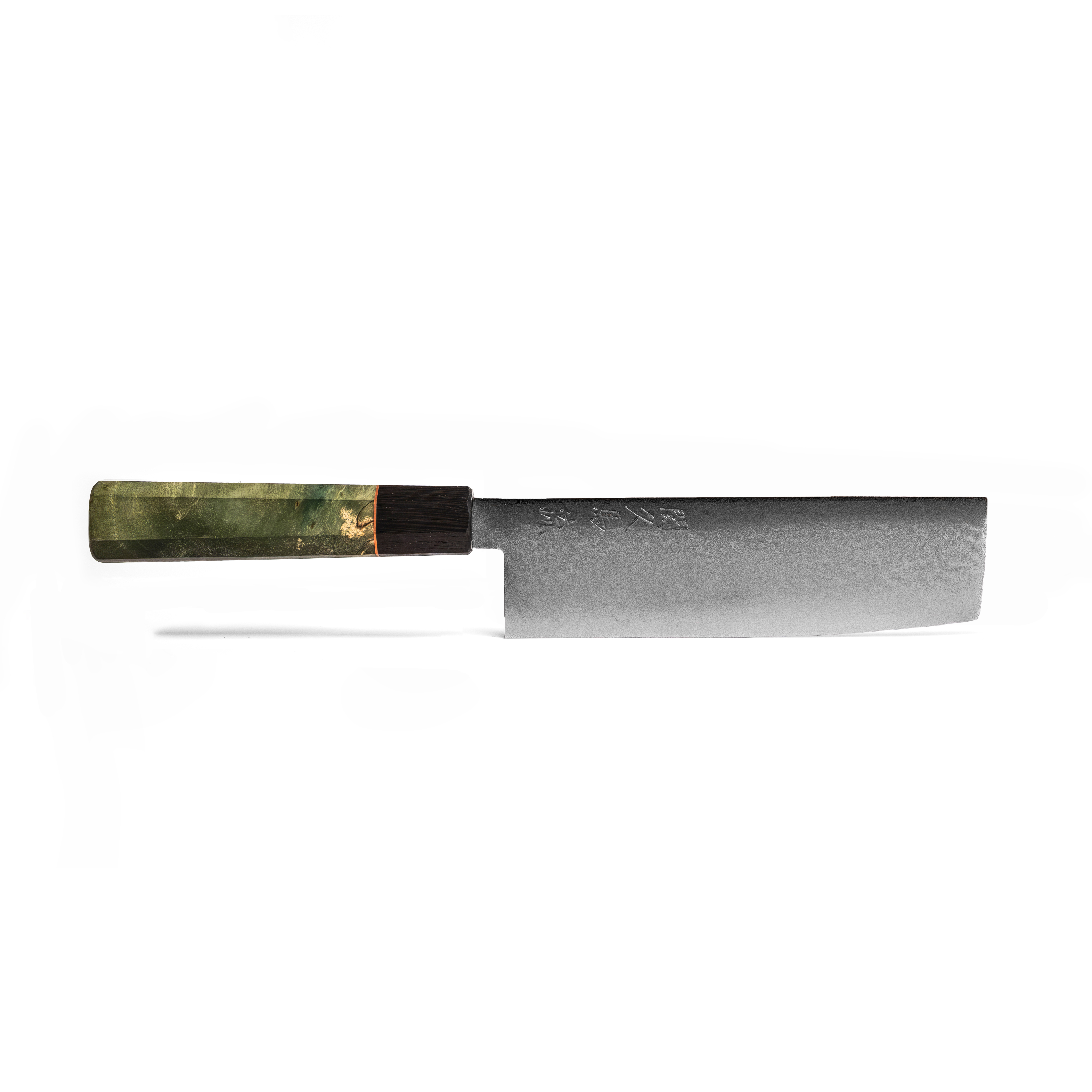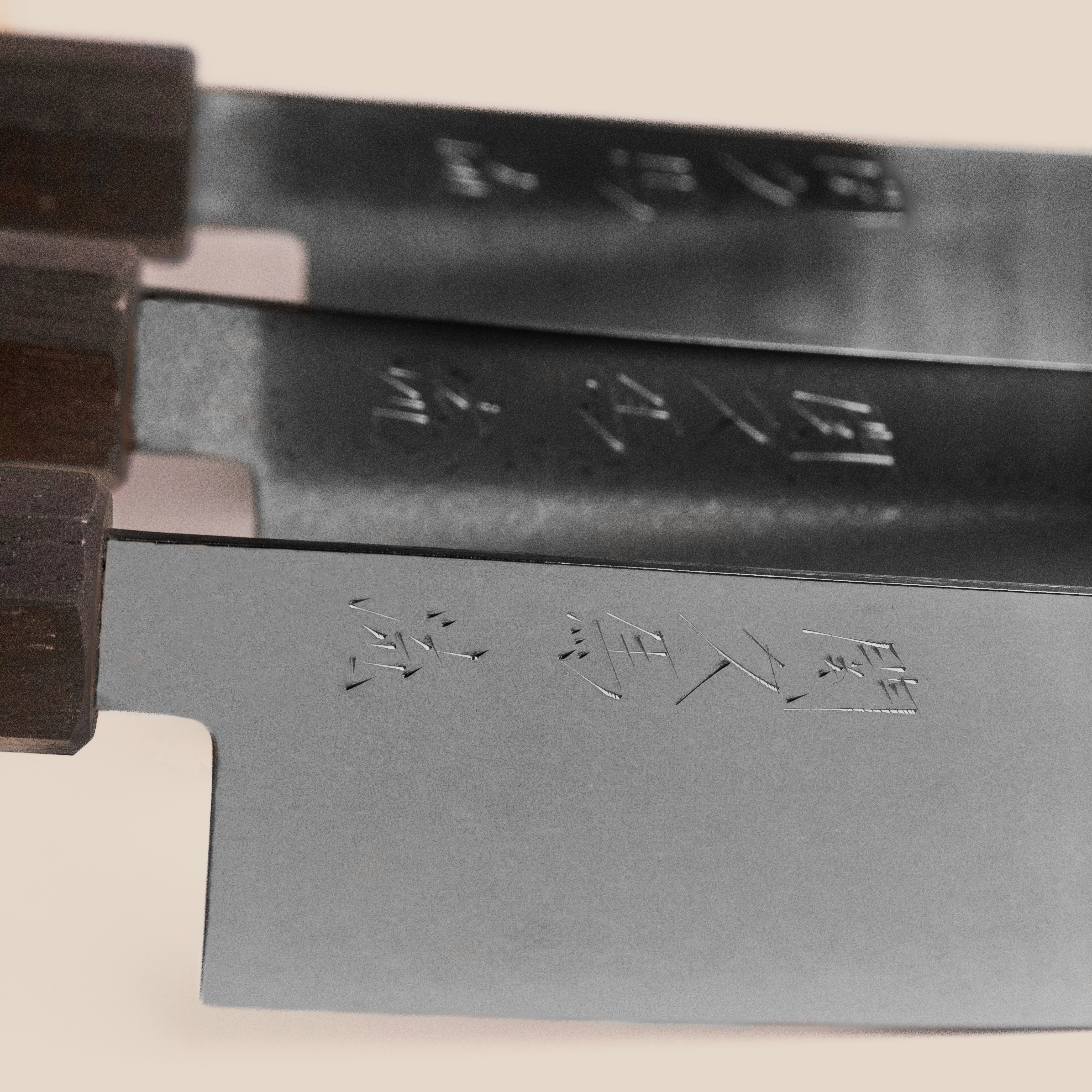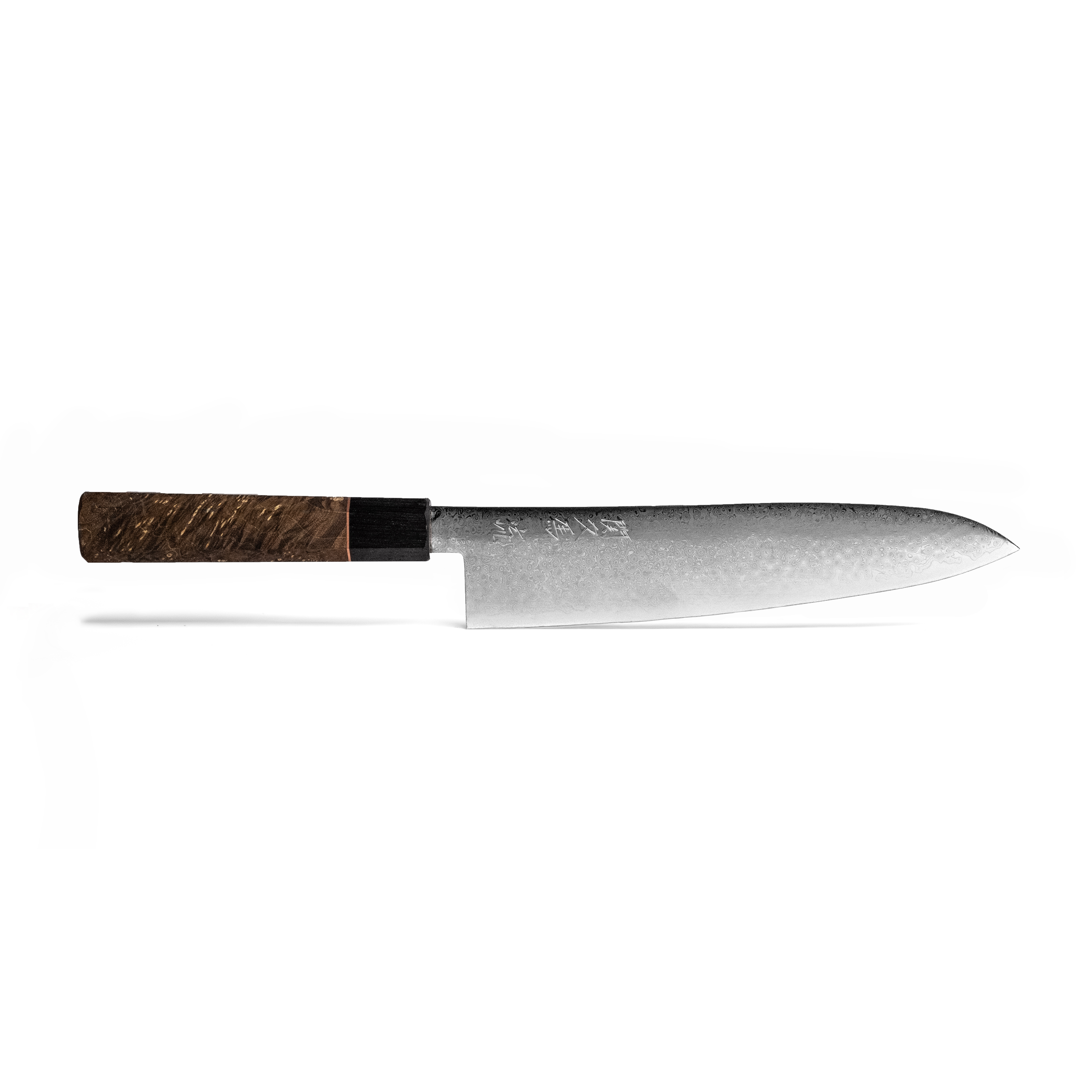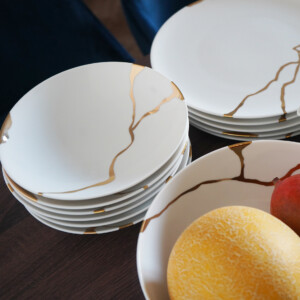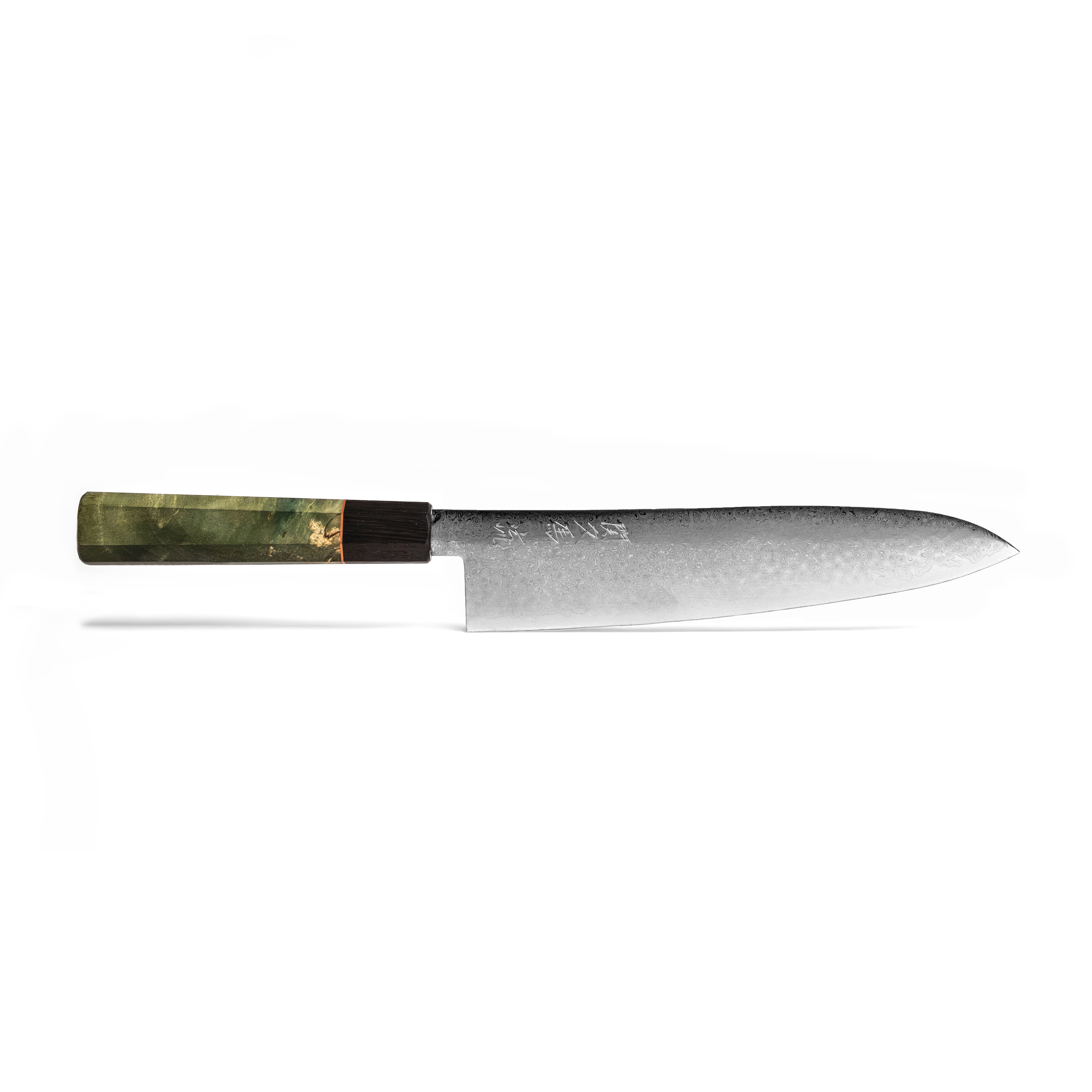Whether you’re a culinary novice taking your first steps in the kitchen or an experienced cook looking to elevate your skills and efficiency, mastering the art of faster chopping is one of the most transformative investments you can make in your culinary journey. For many home cooks, wielding a sharp knife can feel intimidating, but with the right knowledge, techniques, and tools, you can build confidence, save precious time, and create a safer cooking environment.
At Oishya, we believe that cooking should be a source of joy, not stress. Our handcrafted Japanese knives are designed to make every chopping task feel effortless, turning meal preparation into a meditative practice that connects you with centuries of culinary tradition. Let’s explore how proper knife skills can revolutionize your cooking experience.
The Foundation: How to Use a Kitchen Knife Properly
Good knife skills form the cornerstone of efficient cooking. When you master proper techniques, you’ll feel more in control, work more safely, and move with the fluid grace of a professional chef.
Master Your Grip
The Handle Grip: Your Starting Point Begin with the handle grip – ensure your entire hand rests on the handle, positioned behind the bolster (where the blade meets the handle). This grip provides excellent control and is perfect for beginners building confidence with their knives.
The Blade Grip: Advanced Control Once you’ve developed comfort and confidence, progress to the blade grip. Place your thumb on one side of the blade and your tucked index finger on the opposite side, touching the bolster. This technique offers superior control and precision, allowing for more nuanced cutting techniques.
The Protective Claw Grip
Perhaps the most crucial safety technique in knife work is the claw grip. When holding food in place, curl your fingertips under and grip the ingredient like a claw. Your knuckles should guide the knife blade, protecting your fingertips while maintaining complete control over the food. This technique is non-negotiable – it’s what separates confident cooks from those living in fear of their knives.
The “Get to Flat” Principle
Before beginning any chopping task, create a stable foundation by establishing a flat surface. Whether you’re working with a round onion, a cylindrical carrot, or an oddly-shaped potato, your first cut should create a flat side. Place this flat side down on your cutting board – suddenly, your ingredient becomes stable, safe, and much easier to work with.
Understanding Chopping Terminology: Speaking the Language of the Kitchen

Precision in the kitchen begins with understanding exactly what each cutting technique aims to achieve. These terms aren’t just culinary jargon – they’re specific instructions that affect cooking times, texture, and final presentation.
Julienne: The Art of Precision
Julienne cuts create elegant, matchstick-shaped pieces approximately 1/8 inch thick and 2 inches long. This technique is perfect for garnishes, stir-fries, or when you want vegetables to cook quickly and evenly. Think of those perfectly uniform carrots in professional restaurant salads.
Rough Chop: Rustic and Forgiving
The rough chop is your go-to for hearty stews, stocks, or any dish where perfect uniformity isn’t crucial. Pieces should be roughly ½ to ¾ inch, and slight variations actually add visual interest and varied texture to your final dish.
Chop: The Everyday Workhorse
Standard chopping produces pieces roughly ¼ to ⅓ inch across. This is your bread-and-butter technique for most recipes calling for “chopped” ingredients. Consistency matters more here than in rough chopping, but perfection isn’t required.
Dice: Precision Meets Practicality
Dicing comes in three main sizes:
- Large dice: ¾-inch cubes, perfect for roasting or long-cooking applications
- Medium dice: ½-inch cubes, the standard for most recipes
- Small dice: ¼-inch cubes, ideal for sauces or when you want ingredients to blend seamlessly
Mince: The Finest Touch
Mincing creates pieces smaller than ⅛ inch, perfect for garlic, ginger, herbs, or anywhere you want flavor distributed throughout a dish without noticeable texture.
Brunoise: Restaurant-Level Precision
The brunoise is the finest of the fine – perfectly uniform 1/8-inch cubes that require exceptional knife skills. This technique is reserved for garnishes or dishes where visual perfection is paramount.
Chiffonade: Ribbon-Like Elegance
Used primarily for leafy herbs and vegetables, chiffonade creates thin, ribbon-like strips. Stack leaves, roll them tightly, then slice perpendicular to create beautiful, delicate ribbons perfect for garnishing soups or salads.
Professional Tips for Faster, More Efficient Chopping
Invest in Quality Knives
The foundation of great knife work is a great knife. A sharp, well-balanced blade doesn’t just make chopping faster – it makes it safer and more enjoyable. Quality Japanese knives, like those crafted by Oishya, hold their edge longer, require less pressure to cut through ingredients, and feel like extensions of your hand rather than clunky tools.
Maintain Razor-Sharp Edges
A sharp knife is infinitely safer than a dull one. Sharp blades cut cleanly through ingredients with minimal pressure, while dull knives slip, tear, and require dangerous amounts of force. Invest in a quality sharpening system and learn to use it properly, or find a reputable knife sharpening service in your area.
Sharpening Basics:
- Test sharpness by carefully slicing a piece of paper – a sharp knife will cut cleanly
- Hone your knife regularly with a steel rod to maintain the edge
- Professional sharpening may be needed every 6-12 months for home cooks
- Learn to recognize when your knife needs attention – if you find yourself applying pressure, it’s time to sharpen
Choose the Right Cutting Surface
A quality cutting board protects your knife edge and provides stability. Wooden boards are gentler on blades, while plastic boards are easier to sanitize. Avoid glass or stone surfaces, which will quickly dull your knives.
Embrace Efficiency Techniques
Cut Multiple Items at Once When preparing multiple onions or several carrots, prep them in assembly-line fashion. Make all your initial cuts on every item, then proceed to the next step across all pieces. This rhythm is faster and more efficient than completing one item at a time.
Master the “Tip Down” Technique Keep your knife tip in contact with the cutting board and use a rocking motion. This technique provides better control and allows for faster, more rhythmic cutting.
Stack and Slice For herbs or leafy greens, stack multiple leaves and cut them together. For vegetables of similar size, you can often cut through multiple layers simultaneously.
Modern Efficiency: When Technology Helps
Food Processors: Your Ally, Not Your Enemy
There’s no shame in using a food processor for large quantities or when you need extremely fine, uniform cuts. These machines excel at tasks like making pesto, chopping nuts, or processing large amounts of vegetables for stocks or sauces.
Pre-Prepped Ingredients: Strategic Time Management
Sometimes using pre-chopped vegetables or pre-minced garlic is the difference between cooking at home and ordering takeout. Choose your battles – if it keeps you cooking, it’s a worthwhile investment.
Building Your Skills: Practice and Education
Create a Practice Routine
Dedicate time to practicing basic cuts without the pressure of meal preparation. Use inexpensive vegetables like onions, carrots, and potatoes to build muscle memory and confidence.
Expand Your Knowledge
Consider taking a knife skills class, either in-person or online. Many culinary schools offer recreational classes, and online platforms provide detailed video instruction you can follow at your own pace.
Study Professional Techniques
Watch professional chefs work and observe their rhythms, grip positions, and efficiency techniques. Notice how they organize their workspace and move with purpose and confidence.
Safety First: Essential Guidelines for Confident Cutting
Maintain Focus
Never rush when working with knives. A moment of distraction can lead to injury. If you’re tired, stressed, or distracted, take a break or postpone your knife work.
Keep a Clean Workspace
Wipe your cutting board regularly to prevent slipping, and keep your knives clean and dry. A cluttered, wet workspace is an accident waiting to happen.
Store Knives Properly
Protect your knife edges and yourself by storing knives in blocks, on magnetic strips, or with blade guards. Never store loose knives in drawers where you might accidentally grab a blade.
Know First Aid Basics
Keep a first aid kit in your kitchen and know how to treat minor cuts. Clean cuts heal faster than tears, so even if you do get injured, a sharp knife typically causes less damage than a dull one.
The Cultural Connection: Japanese Knife Philosophy
At Oishya, we embrace the Japanese philosophy that cooking is not just about nourishment – it’s about mindfulness, respect for ingredients, and the meditative practice of repetitive, precise movements. When you learn to chop with intention and skill, you’re not just preparing food; you’re participating in a centuries-old tradition of craftsmanship and care.
The Japanese concept of kaizen – continuous improvement through small, incremental changes – applies beautifully to knife skills. Each day you practice, each meal you prepare, is an opportunity to refine your technique and deepen your connection to the cooking process.
Conclusion: Your Journey to Knife Mastery
Mastering faster chopping isn’t about rushing through meal preparation – it’s about developing the skills and confidence to work efficiently, safely, and joyfully in your kitchen. With proper technique, quality tools, and consistent practice, you’ll find that knife work transforms from a chore into one of the most satisfying aspects of cooking.
Remember that every professional chef started as a beginner. The difference between novice and expert isn’t talent – it’s practice, patience, and the right tools to support your journey. As you develop your skills, you’ll discover that the rhythm of chopping becomes meditative, the precision becomes second nature, and the efficiency becomes a source of pride.
Invest in quality knives that feel good in your hands, practice the fundamental techniques until they become automatic, and embrace the process of continuous improvement. Your future self – and everyone you cook for – will thank you for the time and effort you invest in mastering these essential culinary skills.












